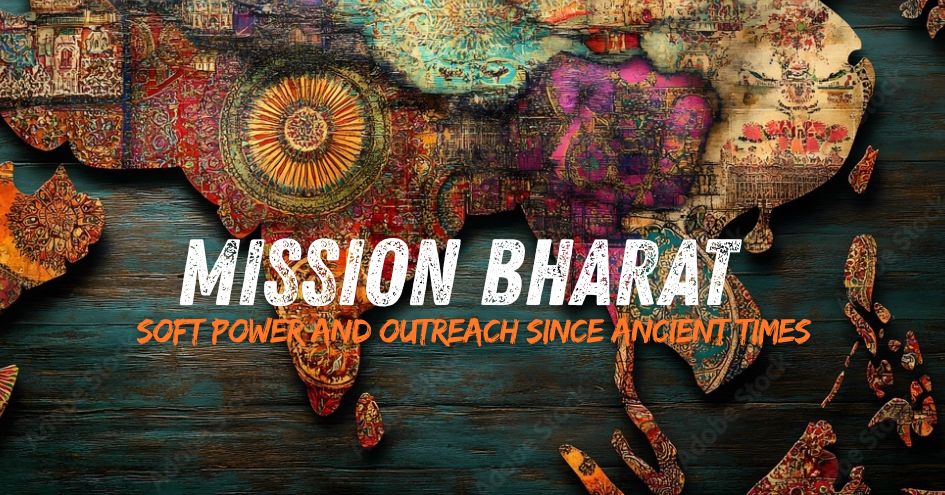
Bharat has exploded onto the world scene and made global news with its hard-hitting “Operation Sindoor” that struck at the heart of terrorism and launched attacks on Pakistani soil where these terrorist establishments had refuge, in response to the April 22nd Pahalgam attacks. We sent a strong message to terrorists, their sponsors, and their harbingers that war would be wrought upon them if they threatened our national integrity and security.
We did not stop there. There was a requirement to spread this message of Bharat and anti-terrorism to the world that has been vexing us since our Independence. We sent out several all-party parliamentary and cultural delegations worldwide with one clear message: Bharat will no longer tolerate terrorism. The world has only just woken up to the horrors spread by global terrorism. Bharat has faced terrorism for several decades. And Bharat has just the right means to combat it with hard and soft power. Bharat exerting its soft power on the global stage through diplomatic missions and delegations is nothing new. We have been doing it since ancient times. And here are some phenomena in the modern world that have spread because of Bharathiya outreach.
Bharat and its global phenomena since ancient times
The influence of language on Bharat and its ancient neighbours across the sea in South Asia can never be underestimated. I use the term ‘neighbours’ to describe the countries of South Asia and Southeast Asia because in the ancient and early medieval eras of Bharat’s history, Bharat’s mercantile, royal, and cultural missions made their way on ships across the high seas, riding the monsoon winds and ocean currents to spread Bharat’s spiritual and culture beliefs. The spread of Bharathiyan languages such as Sanskrit and Tamil and their cultural footprint was left on a vast portion of the ancient world over several centuries, exerting its culturally oriented soft power without existing as one giant imperial state, but as a cultural sub-continent. Through the spread of Sanskrit and Tamil, the ancient ideals of Dharma also found an active audience in the kingdoms of South Asia and Southeast Asia, who could connect with its spiritual essence and message.
The efforts of mercantile, cultural, and royal missions composed of merchants, monks, and royal representatives, among others, can never be underrated. Where the world’s major religions were spread using violent proselytizing, military intervention, and occupation, the spread of Bharathiya beliefs through language, trade, discussion, and courtly influence proved that violence was not needed to get the message across. That is how Bharat exerted its soft power.
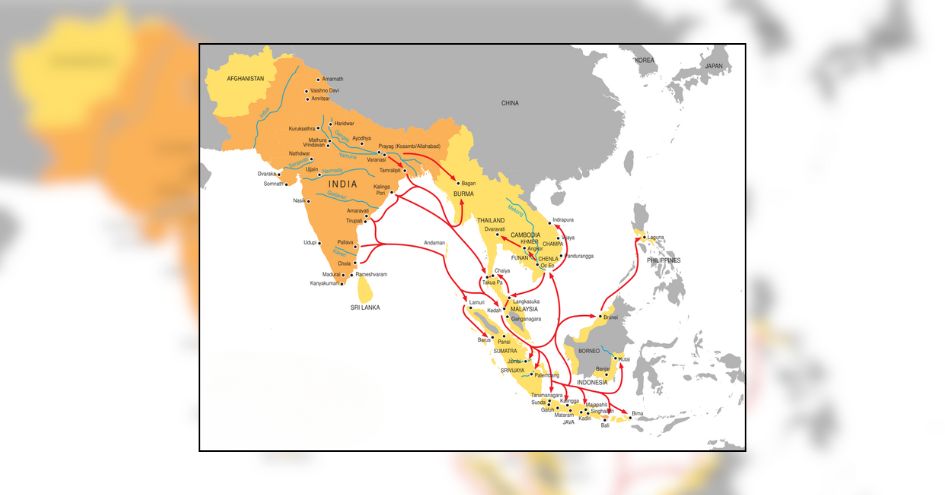
We have seen how Yoga has become Bharat’s most well-known contribution to the world. What started over 5000 years ago and was refined over centuries by our rishis and yogis has become a universally accepted way of ensuring good health and mental peace. Yoga ensures that our five personalities, i.e., physical, spiritual, mental, emotional, and social personalities, are all in balance and harmony with each other.
Bharat’s erudite yogis have spread out all over the world since ancient times to teach Yoga and its universal message to promote the harmony of the mind and body. However, it gained traction in the late 19th Century C.E. when Bharat revived its global outreach through her spiritual teachers like Swami Vivekananda, who are credited with innovatively adapting Yoga for the West.
The spread of Yoga and its message can be attributed back to the spread of Buddhism by delegations of monks. Yoga is one of six schools of Bharathiya philosophy and an integral part of Bharat’s Jainism and Buddhism. Today, International Yoga Day is celebrated on 21st June every year as the world takes note that Yoga is not merely a collection of physical exercises, but a movement to promote universal harmony and brotherhood.
Innumerable great names followed in the 20th Century who put Yoga on the world map. While popular forms like Ashtanga, Iyengar, and Vinyasa Flow abound as modern avatars of the ancient yogic system, there is no doubt that people like B.S Iyengar, K. Pattabhi Jois, and Tirumala Krishnamcharya spread Yoga and made it a household name. What started as a word in the Rig Veda has today become the face of what our Prime Minister calls Brand Bharat, with its innumerable ambassadors playing a handsome role in ensuring that it gets the due recognition it needs.
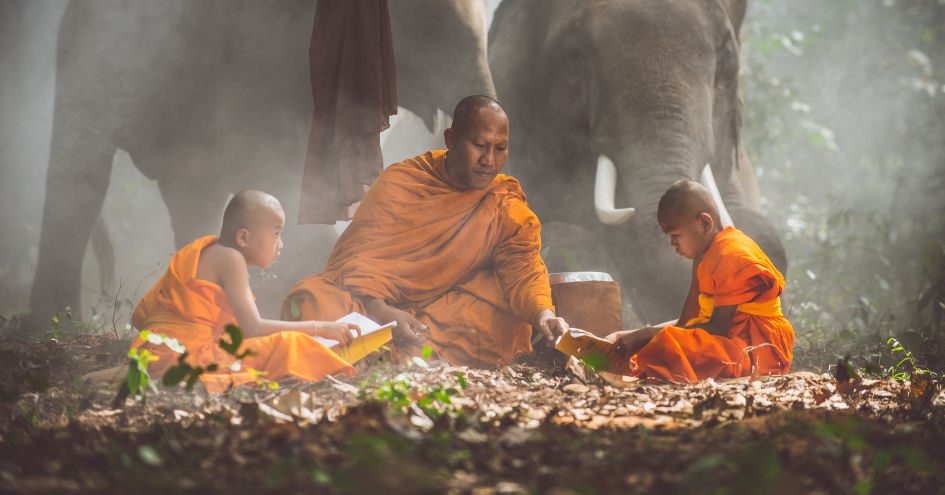
The spread of Buddhism was another great phenomenon that spread rapidly in the ancient world. While proponents like Ashoka Maurya and Harshavardhana of the Pushyabhuti dynasty played major roles in the spread of Buddhism, due credit must go to the organised efforts of Buddhist delegations of monks and thinkers who braved the high seas to spread the teachings of Lord Buddha. Much of the spread of Sanskrit can also be attributed to Buddhist monks who later adopted this language as an eminent way of communication.
It is well known that figures like Bodhisena, Kumarajiva, Sanghabhuti, Gunabhadra, and several other names made their way across South Asia, with some going to distant Japan to spread Buddhism. In the ancient world, that was a daring feat, one that showed how far we were willing to go to get the message across in a peaceful way.
Conclusion
Bharat has time and again proven to the world that military action alone does not shape the world. Much of its contributions have been made by cultural outreach and influence. Bharat has utilised language, trade, culture, philosophy, and spiritual teachings to leave an indelible mark on global civilisation. However, merely because the world knows Bharat to exert its influence subtly through dialogue and harmony, it does not mean that we tolerate threats to our national integrity and security. We stand united in speech, and we stand united in action.
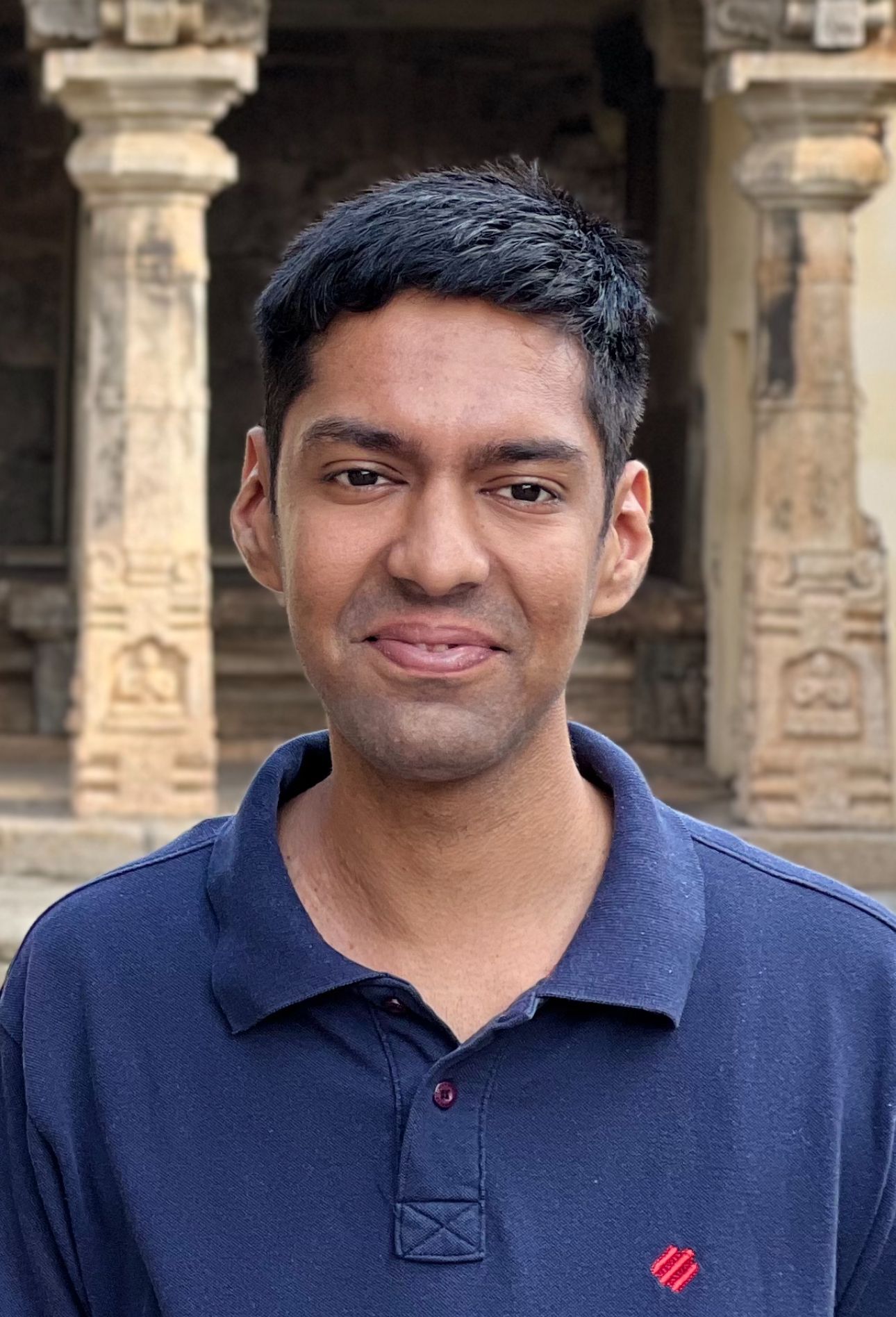 Vignesh Ganesh is a lawyer and writer. He is interested in ancient history and Itihasa and this interest culminated in his first book, "The Pallavas of Kanchipuram: Volume 1", which he co-authored with Mr. K. Ram, a fellow enthusiast of Indian history and culture.
Vignesh Ganesh is a lawyer and writer. He is interested in ancient history and Itihasa and this interest culminated in his first book, "The Pallavas of Kanchipuram: Volume 1", which he co-authored with Mr. K. Ram, a fellow enthusiast of Indian history and culture.
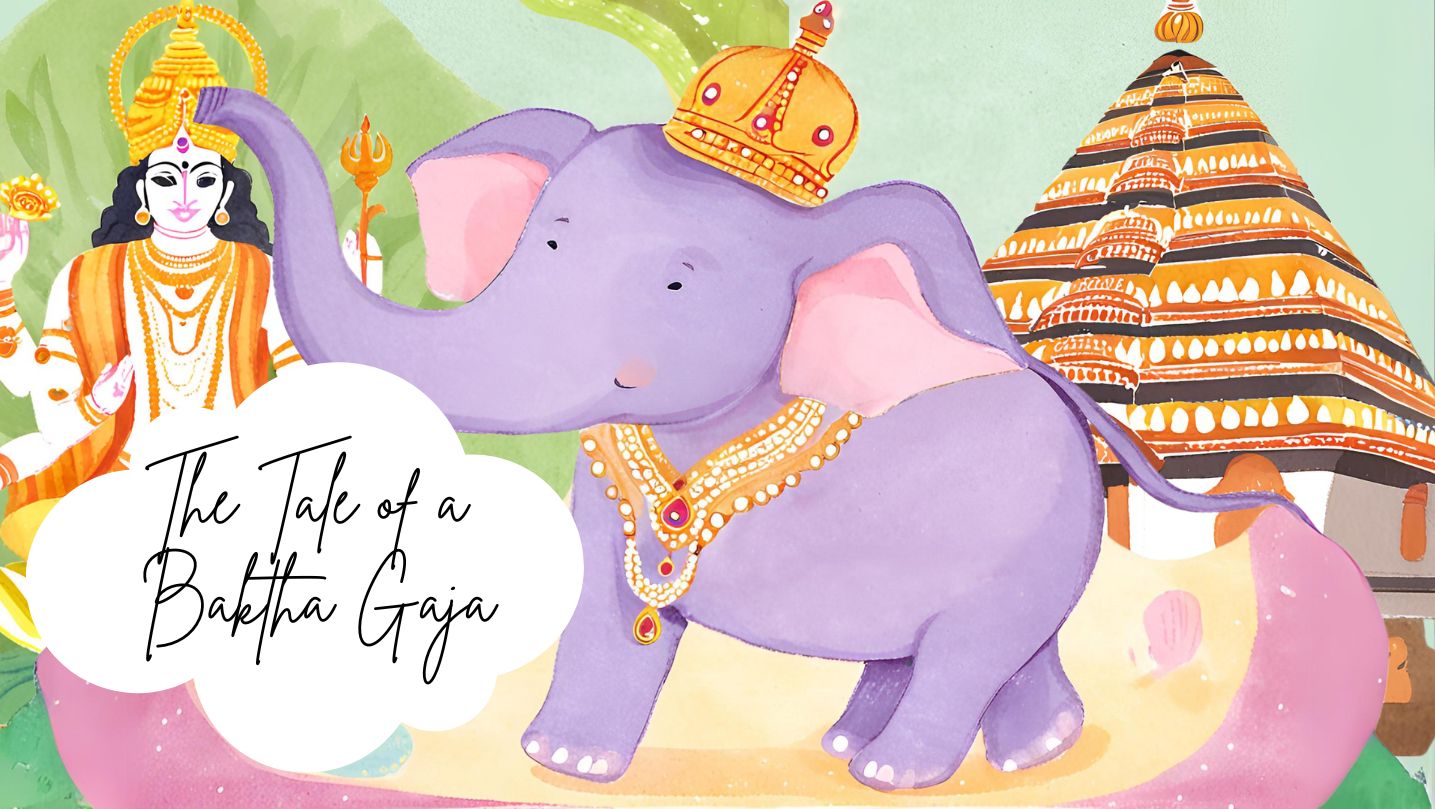
In the lush, green heart of Kerala lived an elephant who became a living legend - a tale of an elephant turned into a bakth. His name was Keshavan, bu...
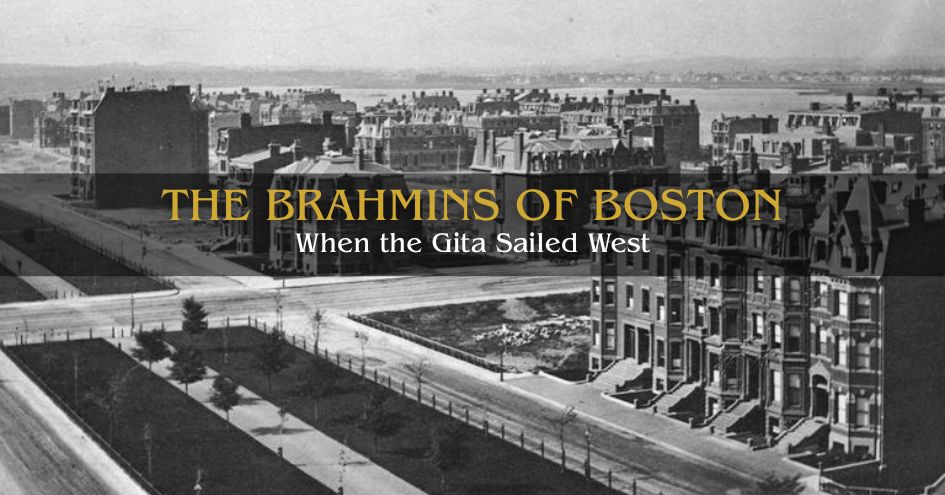
In the bustling age of global trade, Boston—a thriving port city on America’s eastern coast—stood tall as a beacon of commerce. In the early 18th cent...
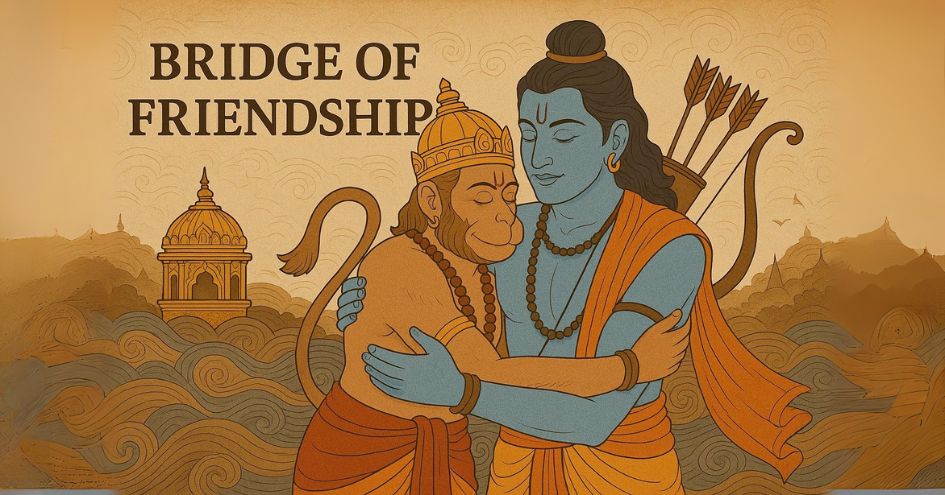
In the lush forests of Kishkindha, when Rama first met Hanuman, it wasn't just a meeting of two beings-it was the quiet reunion of two souls destined...